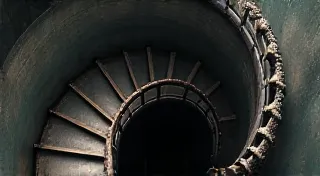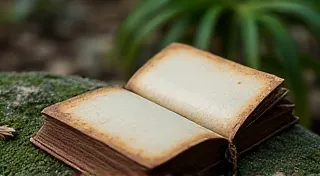Chronicles of Paper & Ink: Unveiling the Soul of a First Day Cover
There's a quiet magic held within a First Day Cover (FDC). It’s more than just a stamp affixed to an envelope; it’s a portal to a specific moment in history, a whispered conversation across time. As serious collectors know, the dedicated pursuit of FDCs isn’t simply about acquiring beautiful objects. It’s about uncovering narratives, appreciating craftsmanship, and connecting with the spirit of a nation’s postal history. The dedicated collector of First Day Covers, or FSC as some call them, understands this deeply. Let's delve into the soul of these ephemeral artifacts.
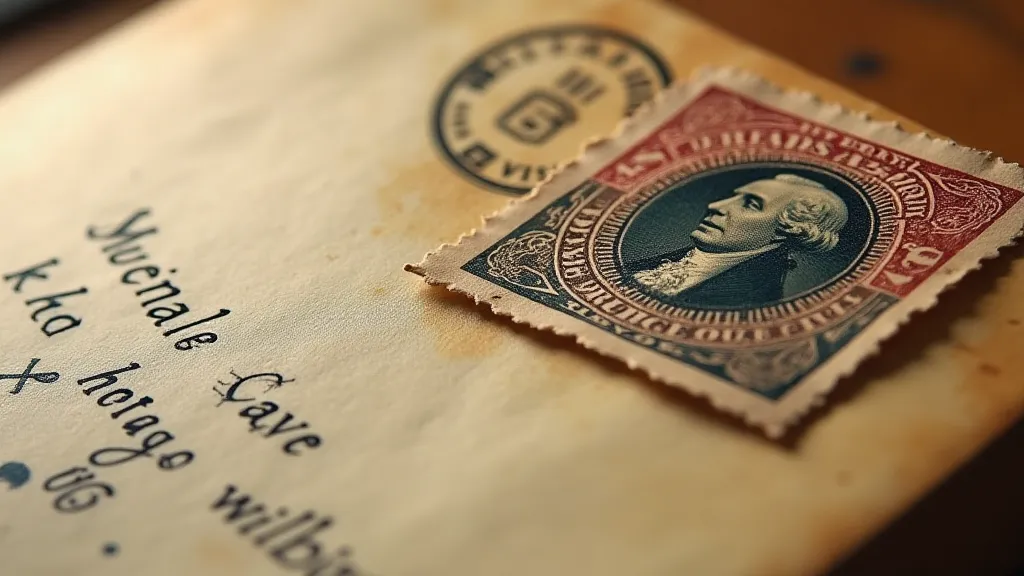
The Genesis of a Tradition: First Days and National Identity
The concept of the First Day Cover itself is relatively young, formally embraced by the United States Postal Service (USPS) in 1947. While earlier examples of stamps being postmarked on the day of release certainly existed – some dating back to the 1860s – they weren't officially recognized or promoted. The USPS saw the potential for a unique philatelic product that tapped into the nation’s collective identity. Commemorative stamps were being issued to celebrate milestones, influential figures, and pivotal moments, and the "first day" offered a tangible connection to these events.
Imagine the anticipation surrounding the 1947 issuance of the Appalachian Trail stamp. For those who knew the arduous beauty of the trail, to hold an envelope postmarked from a trailhead on that momentous day was a powerful symbol. It wasn's just about the stamp; it was about shared experience, national pride, and the enduring appeal of the American wilderness. This intrinsic connection to history and cultural significance is what sets an FDC apart from a regular, used stamp. The stories these covers hold are truly remarkable, and exploring the societal values reflected in them can be incredibly insightful – a theme explored in greater detail on our page about the societal context of First Day Covers.
Beyond the Image: The Artistry of the Postmark
While the stamp itself is the initial draw, the postmark is equally crucial, and often overlooked. Early FDCs often bore simple, machine-applied postmarks. But as the collecting craze took hold, the USPS began to experiment with more elaborate designs. "Cachets"—specially designed artistic cancellations—became increasingly popular, created by both the USPS and independent organizations. These cachets often incorporated thematic imagery relating to the stamp’s subject matter, transforming the postmark into a miniature work of art.
These cacheted postmarks are a testament to the creativity and skill of the artists involved. Consider a cachet commemorating the Space Race – a swirling vortex of stars and rockets, skillfully rendered in vibrant colors. It’s a visual representation of a nation’s ambition, a snapshot of a defining moment in human exploration. The value of an FDC is often substantially increased by a rare or visually compelling cachet. Identifying these is a crucial part of the FSC collecting journey. The markings themselves tell a story, and understanding their origins and meanings—what collectors call provenance—is a rewarding pursuit. For those seeking to unravel these mysteries, we’re diving deep into deciphering the secrets of First Day Cover provenance.
The Envelope: A Silent Witness
Don't underestimate the envelope itself. While often viewed as simply the vehicle for the stamp and postmark, the envelope’s condition and character can significantly impact an FDC's value and its story. A pristine, mint-condition envelope is ideal, of course. But an envelope bearing subtle signs of its journey – a slight fold, a faint cancellation mark—can add to its authenticity and charm. These marks are a reminder that the envelope has been part of a tangible postal exchange.
I recall acquiring a 1963 John F. Kennedy FDC, years ago. The envelope wasn't perfect; it had a minor crease along the flap, a ghost of a past handling. Yet, holding it, I felt a profound connection to the period, to the collective grief and reflection that swept the nation. It wasn't just a stamp; it was a tangible link to a defining moment in American history. This is the power of postal history – it allows us to touch the past in a visceral way. The way these covers are preserved and presented – the curator's eye for detail – is crucial to ensuring their longevity and continued ability to evoke these powerful emotions. You can learn more about mastering the art of First Day Cover presentation and preservation and what goes into protecting these historical treasures.
Collecting Challenges and Preservation
Collecting First Day Covers isn't without its challenges. Forgeries and fraudulent postmarks are unfortunately prevalent. Learning to identify genuine markings and recognizing common pitfalls is an essential skill for the serious collector. Resources like the American First Day Cover Society (AFDCS) and reputable stamp dealers are invaluable.
Proper storage is equally vital. Acid-free sleeves and albums protect FDCs from environmental damage and handling wear. Avoid direct sunlight and excessive humidity, which can cause discoloration and deterioration. Restoration, though tempting, should be approached with extreme caution. Overzealous cleaning or attempted repairs can diminish an FDC’s value and authenticity. It’s generally best to leave minor imperfections as they are, as they are part of the story.
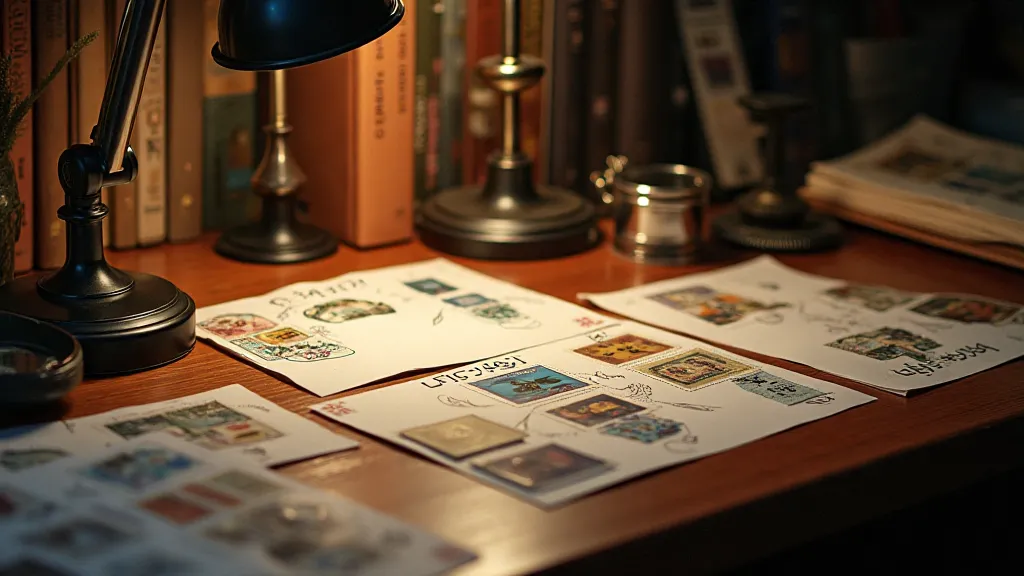
Rare and Valuable FDCs: Identifying the Treasures
Certain First Day Covers command significant prices at auction and dealer markets. Factors contributing to rarity and value include limited post office distribution, unusual cachets, errors or varieties, and exceptional condition. For instance, an FDC postmarked from a remote or historically significant location can be particularly desirable.
Early FDCs—those from the 1940s and 1950s—often command higher prices due to their age and scarcity. Cachets designed by renowned artists or featuring unique designs are also highly sought after. Identifying these treasures requires diligent research, keen observation, and a thorough understanding of postal history. The subtle nuances that separate a common FDC from a highly prized one are often the result of chance occurrences—a printing error, a unique postal route—and understanding these variables adds another layer of fascination to the hobby.
The Enduring Appeal of Chronicles on Paper
First Day Covers are more than just collectible stamps; they are chronicles of a nation’s identity, artistry, and postal exchange. They provide a tangible connection to the past, a glimpse into the moments that shaped our world. For the dedicated collector, FSC collecting is about more than acquiring beautiful objects. It’s about uncovering narratives, preserving history, and sharing the magic of these ephemeral artifacts with others. The journey through postal history reveals not only factual information, but also a deeper understanding of how society viewed itself at specific moments in time. The way that a nation chooses to commemorate an event—through the design of a stamp and the accompanying cachet—speaks volumes about its values, its aspirations, and its sense of identity.
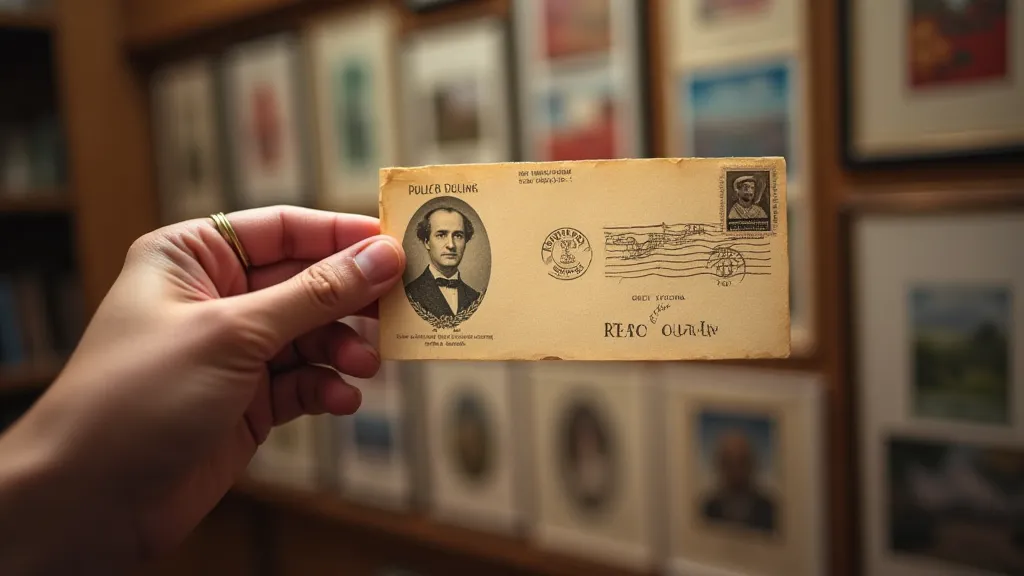
The stories held within these covers are a testament to the power of communication and the enduring human desire to connect with the past. They serve as tangible reminders of the events that have shaped our world, providing a unique window into the lives and experiences of those who came before us. As time continues to march forward, these First Day Covers will only become more valuable, both monetarily and historically. They represent a fleeting moment captured in paper and ink, a connection to a past that continues to resonate in the present.


